Antique handmade Clay Bowls pottery bowl plate Dish from Swat valley Pakistan
South Afghanistan.
Our large handmade rustic pottery bowls are glazed with colored glazes (in this case a vibrant braun or green) to achieve a mottled color-on-color spongeware appearance. The primitive nature of the bowls is amplified by the unglazed underside that reveals its terra cotta clay base. As these are vintage pieces, occasional dings and chips are consistent with age.
diameter approx. 31 cm
Height about 10 cm
Weight. 1678 gr.
Once you start buying handmade pottery, especially from parts of the world where it’s made the traditional way, you need to leave aside all thoughts of a flawless bowl or jug, and learn to develop an eye for the joy of the difference. In a land like Afghanistan, potters still throw off the hump, using rough local clay mixed with vegetable fibre, grog and quartz. This mix, while adding strength to the structure while drying, and lightness as the fibre burns out in the kiln, can however result in pits in the surface, if the matter that burns out blows out instead! Yet some of these pots might just as well surprise with the golden flecks of quartz that sprinkle the surface of one bowl we bought. Traditional ways of packing kilns also mean that most of the bowls may well show the marks of the “stilts” placed to keep the bowls apart. 3 little marks in the inside centre of the bowl are evidence that bowls have been placed, one on top of each other, separated by some kind of pad. In a land where kilns are woodfired, and trees are in short supply, potters can’t afford the luxury of standing each bowl apart on a separate shelf, as you’d do in the west.
Unlike glazes used in the west, most potters in Afghanistan and Swat valley pakistan stick to a few traditional recipes, rather than having the luxury of experiments.
The one thing that Western buyers should always bear in mind, is that bowls like this are suited as fruit bowls or for serving bread – but stay away from other food uses that might involve wet foodstuffs coming in contact with the glaze. Many of the most beautiful glazes in central Asian ceramics used lead, and so aren’t food safe for such a use., I would also never recommend putting any handmade ceramics into a dishwasher –
*** Actual item may differ slightly than the image due to image quality, lightening, Contrasts, resolutions and other factors. However, in most cases actual items look better than the images.
If you have further questions about this article, we are at your disposal! We will send you more pictures if needed upon reques.
condition. The bowl is completely preserved, only chips on the inside and in the middle of the upper edge, not restored. Glaze in good condition.
Buyer will receive exact item pictured! Please look at the images carefully before purchasing!
Antico fatto a mano Argilla Ciotole ceramica ciotola piatto Piatto da Swat valle Pakistan
Afghanistan meridionale.
Le nostre grandi ciotole di ceramica rustica fatte a mano sono smaltate con smalti colorati (in questo caso un vivace braun o verde) per ottenere un aspetto di spugna screziata colore su colore. La natura primitiva delle ciotole è amplificata dalla parte inferiore non smaltata che rivela la base in terracotta. Trattandosi di pezzi d'epoca, le ammaccature e le scheggiature occasionali sono coerenti con l'età.
diametro circa 31 cm
Altezza circa 10 cm
Peso. 1678 gr.
Quando si inizia ad acquistare ceramiche fatte a mano, soprattutto in zone del mondo in cui vengono prodotte in modo tradizionale, è necessario lasciare da parte l'idea di una ciotola o di una brocca impeccabile e imparare a sviluppare un occhio per la gioia della differenza. In una terra come l'Afghanistan, i ceramisti si cimentano ancora con l'argilla grezza locale, mescolata con fibre vegetali, grog e quarzo. Questa miscela, pur aggiungendo forza alla struttura durante l'essiccazione e leggerezza quando la fibra si consuma nel forno, può tuttavia provocare buche sulla superficie, se la materia che si consuma esplode! Eppure, alcuni di questi vasi potrebbero anche sorprendere con le chiazze dorate di quarzo che cospargono la superficie di una ciotola che abbiamo acquistato. Il modo tradizionale di imballare i forni significa anche che la maggior parte delle ciotole può mostrare i segni dei "trampoli" posti per tenere le ciotole separate. 3 piccoli segni all'interno del centro della ciotola sono la prova che le ciotole sono state posizionate una sopra l'altra, separate da una specie di cuscinetto. In una terra in cui i forni sono a legna e gli alberi scarseggiano, i vasai non possono permettersi il lusso di posizionare ogni ciotola su un ripiano separato, come avviene in Occidente.
A differenza degli smalti utilizzati in Occidente, la maggior parte dei ceramisti dell'Afghanistan e della valle dello Swat pakistano si attiene a poche ricette tradizionali, anziché permettersi il lusso di fare esperimenti.
L'unica cosa che gli acquirenti occidentali dovrebbero sempre tenere a mente è che ciotole come questa sono adatte come portafrutta o per servire il pane, ma non devono essere utilizzate per altri usi alimentari che potrebbero comportare il contatto di alimenti umidi con lo smalto. Molti degli smalti più belli delle ceramiche dell'Asia centrale utilizzavano il piombo, e quindi non sono sicuri per gli alimenti per questo tipo di utilizzo
*** L'articolo reale può differire leggermente dall'immagine a causa della qualità dell'immagine, dell'illuminazione, dei contrasti, delle risoluzioni e di altri fattori. Tuttavia, nella maggior parte dei casi gli articoli reali hanno un aspetto migliore rispetto alle immagini.
Se avete ulteriori domande su questo articolo, siamo a vostra disposizione! Se necessario, vi invieremo altre immagini su richiesta.
condizioni. La ciotola è completamente conservata, solo scheggiature all'interno e al centro del bordo superiore, non restaurate. Smalto in buone condizioni.
L'acquirente riceverà esattamente l'oggetto illustrato! Si prega di guardare le immagini con attenzione prima di acquistare!
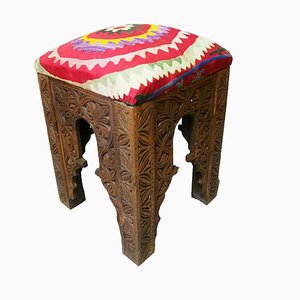
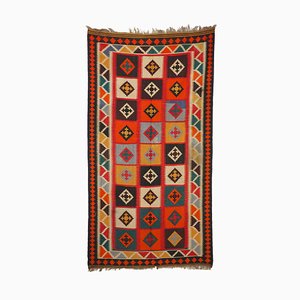
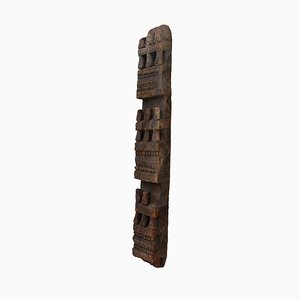
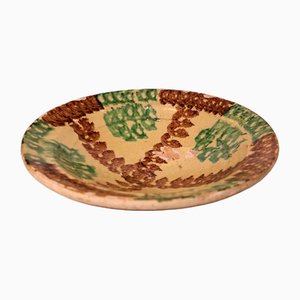

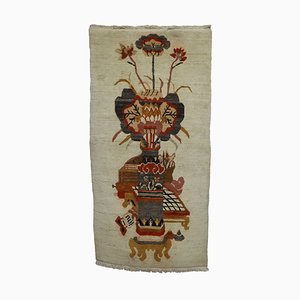

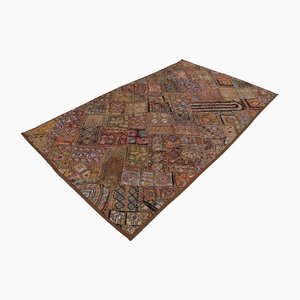
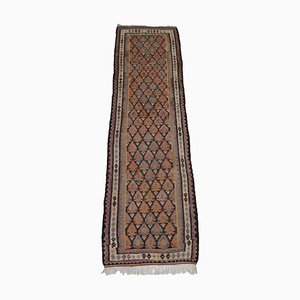
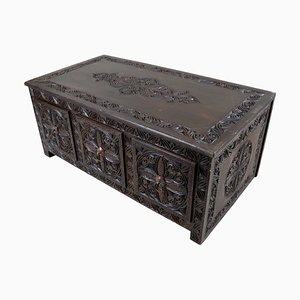
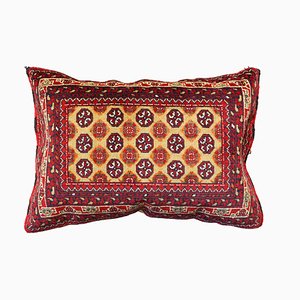


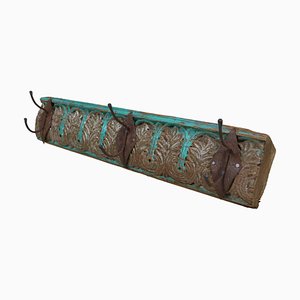
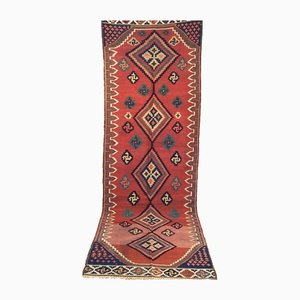


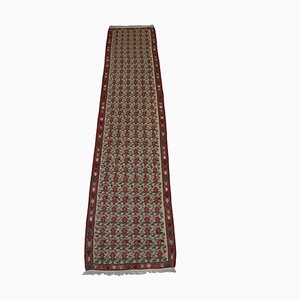

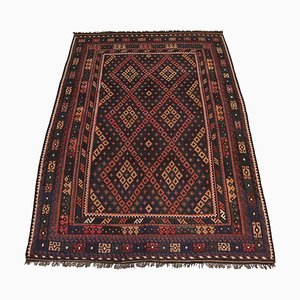
Contattaci
Fai un'offerta
Abbiamo notato che sei nuovo su Pamono!
Accetta i Termini e condizioni e l'Informativa sulla privacy
Contattaci
Fai un'offerta
Ci siamo quasi!
Per seguire la conversazione sulla piattaforma, si prega di completare la registrazione. Per procedere con la tua offerta sulla piattaforma, ti preghiamo di completare la registrazione.Successo
Grazie per la vostra richiesta, qualcuno del nostro team vi contatterà a breve.
Se sei un professionista del design, fai domanda qui per i vantaggi del Programma Commerciale di Pamono